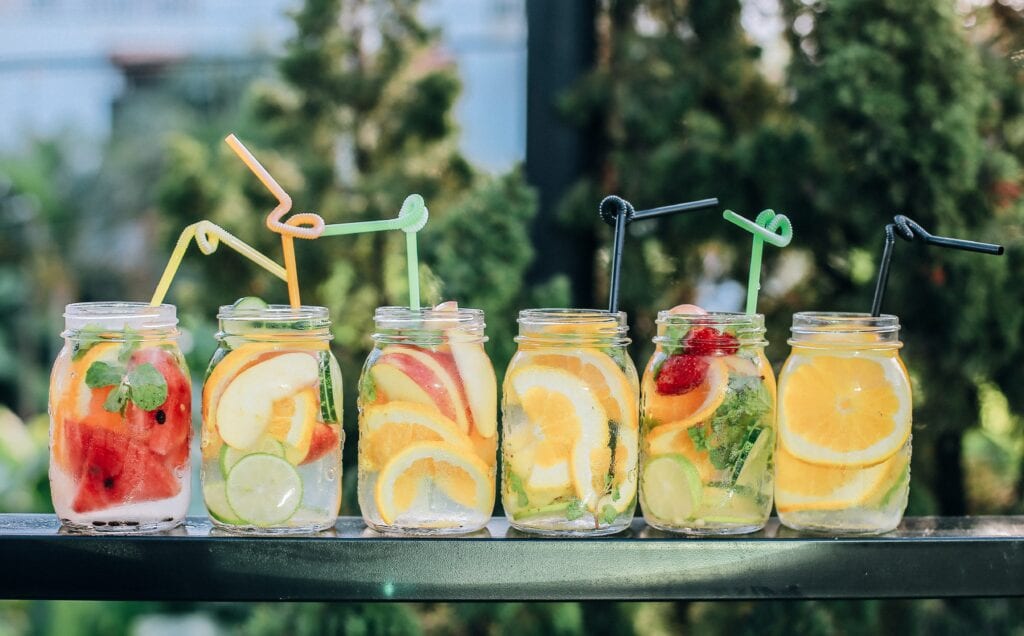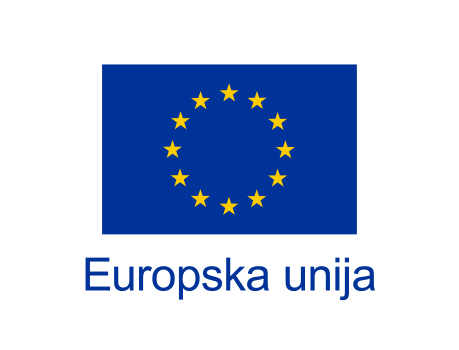
 European Union. Together to EU funds
European Union. Together to EU funds
Which foods to avoid in the summer, and which to reach for

„30 ° in the shade! Summer is in town! Look, the ice is melting, look, the ice is melting! ” This is how Srebrna krila (Croatian band) used to sing in the summer, and this song is still on our repertoire today, while on hot summer days we prepare a barbecue for family and friends. Barbecue has become synonymous with burgers and hot dog sandwiches, but this COVID 19 pandemic has made us aware, so we are determined to pay attention to what we take into our bodies. That is why we want to tell you: you can enjoy the joys that summer brings, picnics and barbecues, and at the same time flattering your body, but also your palate! That is why today we present to you which foods you should throw out and (what are the alternatives) which ones you should replace them with. You will not regret if you listen to us, we promise ☺
When someone asks you, “Do you want the good or bad news first,” what do you choose? We always prefer to end up with the good ones. Maybe because of the “news effect” as psychology says, because we remember best what we hear last. So today we choose to start with foods that have a bad effect on health and are often among the favourites.
Barbecue = sausages
Who among you can imagine a barbecue without sausages whose skin crunches under your teeth? Well, when we reveal their bad sides to you, we believe that you will not be able to imagine a barbecue with them.
Sausages are processed meat, and the meat processing itself, among other things, serves to keep the meat fresh for as long as possible. When processing meat, regardless of whether it is smoked, seasoned or exposed to chemicals and additives, the meat is additionally filled with sodium. Lately, we hear more often that someone has high cholesterol. Well, by processing meat, fat and cholesterol reach unimaginable heights. The World Health Organization warns of nutrient deficiencies in sausages and, more importantly, of their association with the development of colon and vascular cancer. Namely, they warn of the danger of excessive consumption of red meat. While some agree with them, others may associate it with lobbying to increase chicken/turkey consumption. But one thing is for sure:
Red meat is an indispensable source of valuable protein in the diet. If we do not overdo it with its consumption and combine it, prepare and dose it in the right way, it is not dangerous to health.
We said you wouldn’t be able to imagine a barbecue with “them”. But when we said “them”, we meant sausages of dubious origin and processing methods. However, there are family members who conscientiously and lovingly produce sausages from decades-old Slavonian recipes, where the main and only ingredients are meat, salt and paprika. Before preparing a barbecue, choose their products, and you will recognize them by this label:

Producers for whose meat quality we give a “hand in the fire” can be found in our VeeMee search engine: https://veemee.hr/proizvodac/ 😉
The average hamburger in a restaurant contains about 20 per cent fat, which means that a fifth of hamburgers is animal fat that is full of cholesterol and other unhealthy ingredients. Even when cheese and bacon are added to a hamburger, the amount of unhealthy ingredients goes up indefinitely.
Therefore, if you really crave a hamburger, don’t buy it ready-made, be responsible and look for meat from the above-mentioned ⬆️⬆️ producers and prepare it yourself, or choose the ones with more vegetables. And what is the most desirable form of hamburger, remind yourself here: https://veemee.hr/2020/06/26/bez-sigurnosti-hrane-nema-dobrobiti-za-hranu/, because we have already revealed the secret to you 😉
The meat of suspicious origin 49%, water, pork fat, pork liver, waste and offal left over after meat processing, spices, salt, modified starch, milk proteins, thickener, dyes, flavourings, preservatives – do you know what this is about? About pates. Have you ever wondered how it is possible that a pate consisting of cooked meat can have a shelf life of several years?! Something’s wrong, isn’t it? Still, bread and pate are indispensable for going to the beach. Although it is obvious that purchased pates contain a large number of harmful additives, we usually give them to our children. It’s time to stop this awful habit and forget about cans with the inscription “pate”.
After the bad news, we promised to go for the good ones, so now we tell you – pate is much more than what we come across in supermarkets. Pâtés that we make ourselves can be made from very delicious, selected, nutritious, and above all healthy foods. They may not last for several years, but they will certainly not endanger or shorten your lifespan. So choose the ingredients yourself and prepare homemade pate according to your own taste. Whether they are vegetarian with avocado, chickpeas or peanuts or with chicken or tuna, they are certainly a better choice than the purchased ones!
One bag on the towel, another under it, the third “peeks” out of the bag. It often seems to us that there are more chips on the beach than bathers. We will have to disappoint you this time as well, but chips and other fried foods you will certainly not find in any guide to a healthy diet. Genetically modified oils are just one of the harmful ingredients of the same. Therefore, find family farms that grow apples (in the VeeMee database) and instead of “ordinary chips” make apple chips! You have a great recipe here: https://www.krenizdravo.hr/prehrana/zdravi-recepti/cips-od-jabuke-gdje-kupiti-zdravstvene-prednosti-i-kako-napraviti
After sausages, burgers, pate and chips that contain high levels of sodium, we became thirsty. Let’s be brief – avoid carbonated juices oversaturated with sugars, acids and soda! Instead, choose water that is, we believe you know, the healthiest drink in the world without competition. If you don’t like it too much, in the upcoming lines we will stop talking about the food you should avoid, and we will dedicate ourselves to the foods you definitely love, and with the combination of which you can prepare refreshing summer drinks.
What is most important about a summer diet (other than being delicious)? Hydration.
High heat accelerates sweating and that is why it is important to stay hydrated. The best way to hydrate, of course, is water, but fruits and vegetables with high water content, low in calories and lots of vitamins, minerals, antioxidants and phytochemicals will help for sure!

So, if you are looking for super hydrating foods with an extremely high water content that will saturate you on these hot, summer days, follow these steps:
Step 1: Look for products with the VeeMee QR code in almost all major supermarkets, because food traceability is key to food quality and safety.
Step 2: Did you? Now that you have found them put in your basket: watermelon, cucumbers, celery, berries, melons, tomatoes, peaches, oranges, lettuce, peppers, cauliflower, cabbage, grapefruit, strawberries and pineapple.

And let’s not forget, high heat is not expelling just water, but much-needed electrolytes from our body. To return them, don’t forget to add to the basket: leafy vegetables, avocados, potatoes, legumes, seeds, bananas and olives.
Now that we have revealed to you foods that will not leave you with a feeling of heaviness in your stomach, that are rich in nutrients, and that is ideal for the summer heat, you are wondering how to combine and prepare them? Well… you don’t need special culinary skills or a victory in Masterchef for that. It only takes a little experimentation or just be patient for a week when we bring you a few creative summer recipes!
Until next reading!
Your VeeMee Advisor






 FACEBOOK
FACEBOOK
 TWITTER
TWITTER


